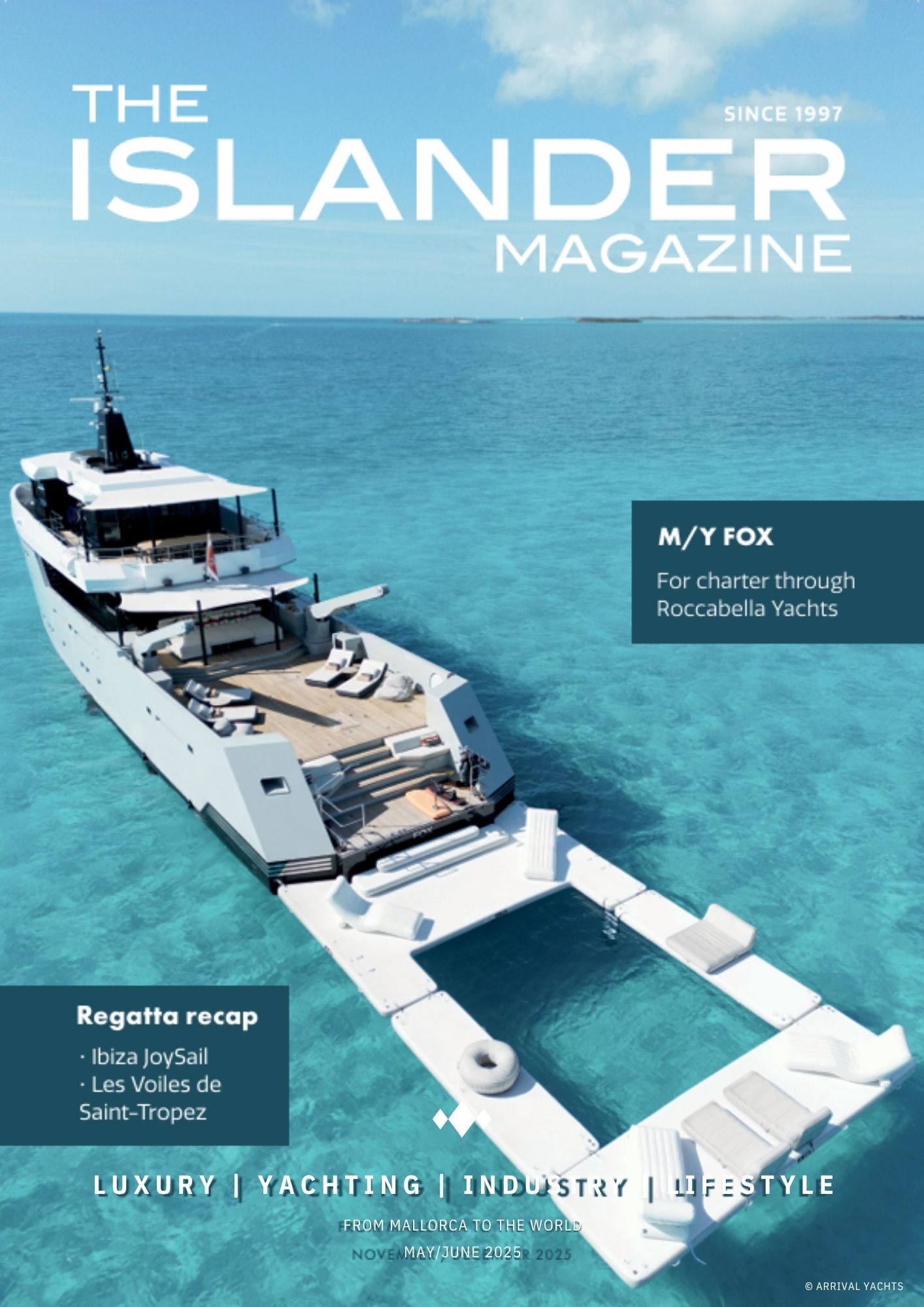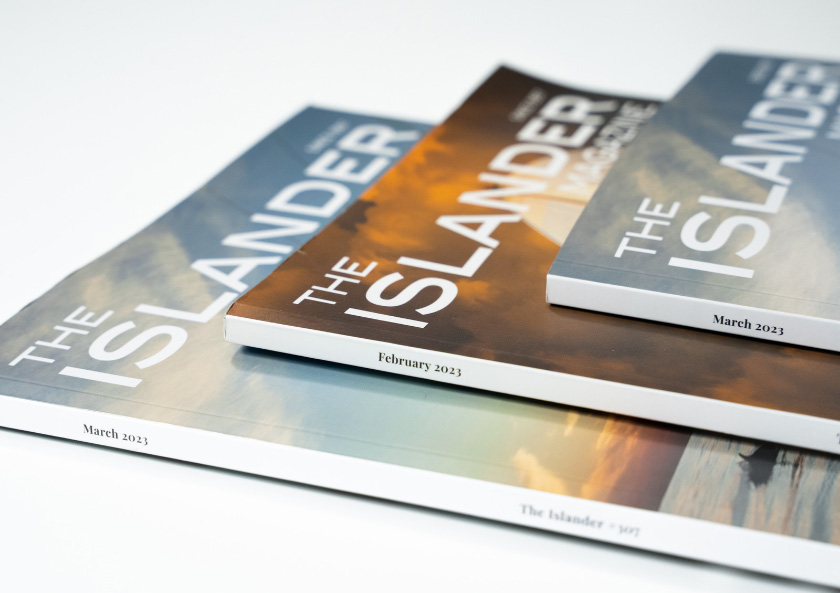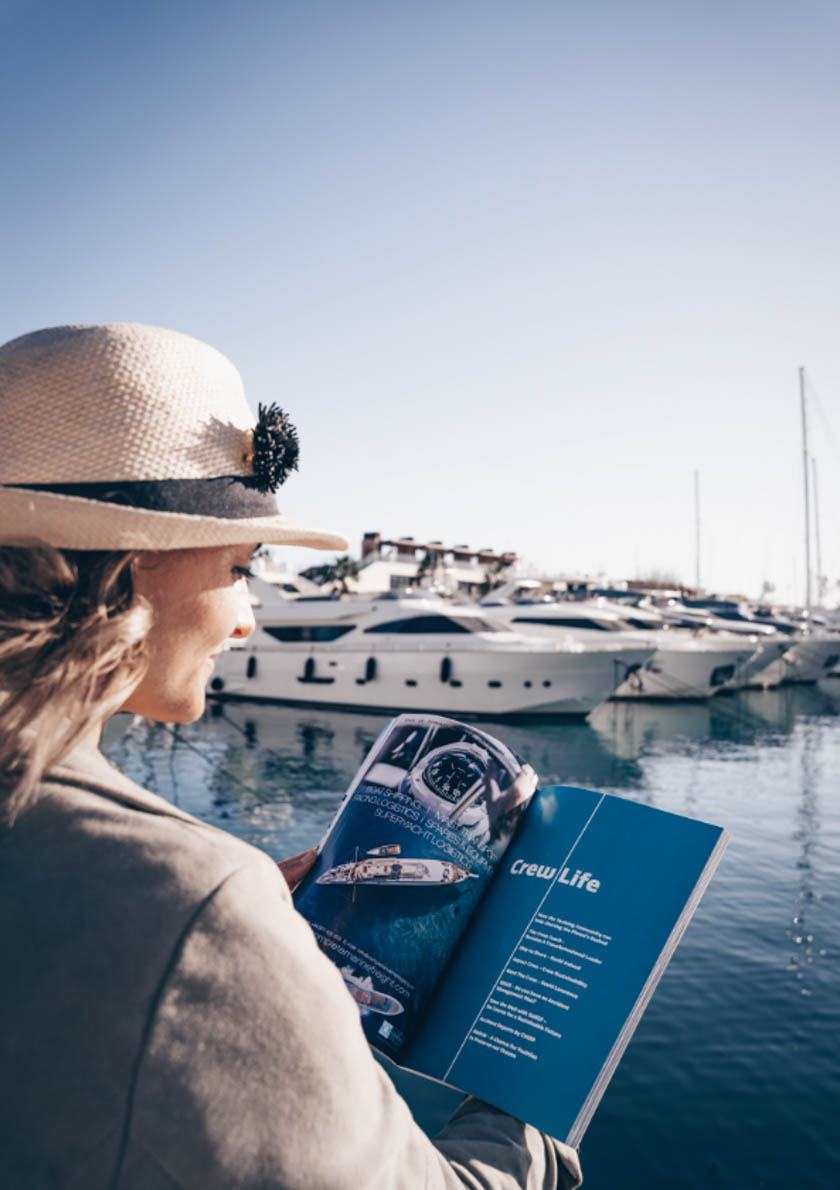Born in Durham, although with no trace of the accent, Andrew was an exceptional student and breezed from public school to a degree in Applied & Industrial Biology with an eye on a career in molecular genetics. Shell snapped up his talents and offered him a position at their Biosciences Laboratory in Kent – a vast 1,000-acre site that was vacated by the energy giant in 1995. Although deeply ensconced in his chosen field, Andrew couldn’t shake off a conversation he had whilst scuba diving when at college – this conversation would end up changing his life.
“As a youngster, I enjoyed being in and around the water. I sailed a Mirror dinghy on the local reservoir, and windsurfed – badly, but it wasn’t until my late teens that I decided I also quite liked scuba diving,” says Andrew. “However, my real passion was for my car. I built my first car before I was legally old enough to drive. It had the running gear of a VW, a VW engine, fibreglass go-kart seats, a little outboard fuel tank, and I built a tubular steel frame to hold it all together. It was so light that, even as a gangly 16 year old, I could lift up one side of it unassisted. My pride and joy.”
“A couple of years into my Shell career, scrimping by on a junior researcher wage, I mulled over the chat I’d had at college. This couple I’d met had worked a winter season on a yacht in the Caribbean, and then travelled around the world. They had given me the owner’s contact details should ever the need arise. I wrote a letter, good old-fashioned snail mail, telling them I knew how to dive and fix engines but had no clue how to sail – was there something for me? I got a reply and three months later I left Shell for the British Virgin Islands. That was 1991.”
Andrew landed a stew-deckhand job on a 65-foot trimaran, which hosted ten charter guests at a time – a far cry from a lab in Kent.
“I arrived with no money, but by the end of season one I had cleared my credit card debt, bought a watch and a camera, dined out in nice restaurants and chased pretty girls. I asked the owners if I could stay – they said ‘yes’. My next purchase was a rather more sensible sextant, and I learnt how to do ‘sun run sun’ and headed briefly back to the UK to do my Yachtmaster.”
Rather than pay for a flight, Andrew looked for a boat to crew on back to Europe. He had two offers in as many days. The first was all-expenses but no wages on a 65-foot sailer leaving Tortola for the UK, and the second was all-expenses plus 750 USD on a 42-footer travelling between Saint Martin and Marseilles – Andrew went with the money.
“Both boats set off more or less the same time, and we were hit by a big low pressure off the Azores and endured five days of appalling weather. I later learned that the 65-footer sank, mercifully all crew got wet but were safely recovered, while we made it to Horta on the island of Faial in the Azores without a problem. On this occasion, the old adage paid off.”
Yachtmaster in hand, Andrew returned to his charter boat in the Caribbean.
“The trimaran was run by a couple and they taught me everything from heads ‘n’ beds to planning itineraries to sailing – it was a bit like driving a tennis court. She got pregnant and went ashore, he took over the galley and I became de facto captain. I stayed for eight seasons.”
Tortola was a nice place, Andrew formed great friendships and met his wife-to-be Kate (who was writing software for a living), but he could see that there was more out there. The MCA had introduced a Class 4 qualification, yachts were getting bigger and it was time to leave. After a couple of transatlantic sailing yacht delivery trips, and achieving that Class 4, Kate and Andrew bagged a couple’s job with well-known British entrepreneur Peter de Savary – the first and only time they worked together on a boat.
In 1997, Peter had bought Penzance Dry Dock & Engineering Company and 75-foot Norwegian search-and-rescue ship Fredrikstad. He used the former as a base to gut and convert the latter into a luxurious expedition motoryacht. Kate (stewardess) and Andrew (captain) spent a year in the yard and, in October 1999, the boat was finished. They spent the winter at St Katharine Haven next to London’s Tower Bridge, cruised Holland’s canals in the spring then left for Newport Rhode Island.
“We spent three idyllic years cruising the eastern seaboard of the United States between the Bahamas, Fort Lauderdale and Rhode Island. Peter was developing country clubs in America at the time, specifically Carnegie Abbey in Rhode Island and Cherokee Plantation in South Carolina. He would use Fredrikstad to entertain real estate agents, investors and potential members. They were good times. But, the boat got sold and it was time to move on.”
After getting married in Cloonacool, County Sligo, Ireland, Andrew then became captain of brand new 44m Warren Yacht Slipstream, taking her on her maiden voyage from the Kincumber shipyard down to Sydney Harbour. This was memorable for being the only job he was fired from. The Australian owner didn’t like Andrew’s nice, professional, sensible, non-shouty demeanour and felt he wasn’t a good fit – he had to go. Andrew was then put forward for interview with a British property developer and took over as captain on the original White Rose of Drachs in 2001 – Andrew’s daughter was born that same year.
In 2002, a contract with Kusch Yachts was signed for the next White Rose of Drachs and Andrew oversaw her build in Wewelsfleth on the banks of the Elbe. The 65m was launched in 2004, by which time Andrew and Kate also had a son, and he has been captain ever since.
“White Rose of Drachs is a single-season Mediterranean boat. We tend to cruise Greece, Turkey, Spain, Portugal, Italy, and then in the winter she is moored in Cap d’Ail close to the Monaco border. The children are settled in school half an hour down the coast in Nice and everything runs very smoothly. I have seen a lot of bigger projects come online that are both interesting and tempting but, frankly, I have an extremely good owner. He is passionate about yachting, has worked his way up from a Monte Carlo offshorer to a 65m superyacht and he and his family are extremely personable. The grass always looks greener on the other side of the fence, but you have to recognise when the grass on your side is green.”
The truth of the matter is that there is far more to Andrew’s yachting career than captaining White Rose of Drachs. He became president of the Professional Yachting Association (PYA) in 2006 and has dedicated much of his spare time to representing the interests of professional yacht crew.
“We constantly consult with administrative bodies and policy makers to address issues affecting the yachting industry and help secure the futures of those who work in it. The work we undertake is always a slow burn, you don’t tend to see overnight success, but some of our greatest achievements have been assisting the MCA in the creation of training certification relevant to large yachts and verifying sea service on behalf of the MCA with the creation of a Service Record Book.”
“We’ve also fought hard to get the hotel function of yachting recognised alongside the likes of deck and engineering. The MCA were unable to do this, as the coastguard can only write rules and regulations based on international maritime conventions, and there is no mention of hospitality in international law, so we set up our own standard called GUEST – Guidelines for Unified Excellence in Service Training. Through the classroom and time at sea, interior crew now have a clearly defined training route from entry through to management level with an industry-recognised certificate of competence. Not only does it raise the level of professionalism within yachting, but it also helps with career progression. Certainly, as a captain, if I look at a CV and see someone has invested in themselves, I am instantly more interested.”
“Yachties call on the PYA for help with unfair dismissal, sexual harassment, matters of pay, and we are serious about acting on their behalf and being their ‘voice’. I shall continue to be president until someone else puts up their hand and says they’d like to take over.”
Andrew also hasn’t lost the curiosity and creativity that made him a fine student and researcher.
“A friend of mine was always raving on about the annual South by Southwest film, interactive
media and music festival held in Austin, Texas. To shut him up, I bought a ticket and joined him in 2013. That year there were more than 34,000 paying attendees for the interactive section alone and it featured serious hitter guest speakers such as Elon Musk. I was told if the conference wasn’t in the main convention centre, it’d be rubbish, but I found myself in a small hotel meeting room listening to Todd Humphreys, Associate Professor of Aerospace Engineering at the University of Texas at Austin, talking about GPS spoofing.”
The idea of GPS spoofing is simple: fake the authentic signals being received and, if you do it right, the device can’t tell the difference and can easily be hijacked by the stronger counterfeit signals. The imitation signals then completely control the receiver. The key is that civilian GPS signals are open. Unlike military GPS, they have no encryption and are vulnerable to spoofing. Todd built a low-budget GPS spoofer at home and tested it on a drone – it worked. Andrew approached Todd after his talk and asked if he’d like to hijack White Rose of Drachs.
“At first Todd was confused, a frightfully English man in deep Texas miles from the sea claiming to be captain on a superyacht, but once he’d verified my credentials I invited him on a positioning trip between Monaco and Göcek. He injected his spoofing signals into our GPS antennas and drove the ship off course. Just a two-degree offset from the intended course and at 15 knots we were a mile off course within 20 minutes. The ship turned, the crew could not feel it and all the time our onboard systems reported that the vessel was calmly moving in a straight line along its intended course. No alarms, no hint anything was amiss.”
“Todd’s findings had such huge implications. The potential for chaos to send ships and commercial aeroplanes off course was terrifying – especially when the captain wouldn’t realise until it was too late. Unsurprisingly, the story went global and I even had my five minutes of fame being interviewed on Fox News. Since then, Humphreys has been working with officials from the FAA, CIA and Pentagon to address this clear threat to national security. It’s the elephant in the room, a massive problem.”
Equally game-changing is Andrew’s foray into crowd-sourced bathymetry (the topography of the sea bed).
“About five years ago, the PYA became an observer body at the International Hydrographic Organization – IHO – whose main aim is to harmonise the standards of navigational charts. Astonishingly, less than 6% of the ocean has been surveyed to modern standards. There are higher resolution maps of the Moon, Mars and Venus than for the world’s sea and ocean areas – ridiculous given the importance of depths in terms of not only navigation but also predicting the behaviour and impact of tsunami waves.”
“Together, we hatched a plan to use ships’ existing marine electronics, connect them to a black box, and collect data. I tapped up some friends and we installed black boxes in six yachts and collected 34 million depth soundings in five months by way of a small feasibility study. We’re now taking it one step further and exploring the possibility for every professionally-manned vessel to become a contributor to the bathymetric data. An accurate data logging box, accurate enough to send to the IHO Data Centre for charting purposes, has been developed and we’re nearing our crowdsourcing goals.”
Staying on the marine electronics theme, White Rose of Drachs was also the first motoryacht to have the Kymeta flat-panel communications system installed – Maltese Falcon was the first sailing yacht. The solution is designed to replace traditional gyro-stabilised antenna.
“In January, we will be removing our current VSAT and TVRO domes from the mast at the top of the boat, plus all the supporting brackets, legs, tubes that hold them up there. This will do away with four to five tons of weight and positively affect the boat’s stability. The Kymeta panels weigh 23kg instead of 200kg so you can swap one out in minutes without involving cranes. It’s funny, naval architect designs and concepts never show the radar domes and antenna. So the owner will finally get the boat he ordered from a drawing board in 2002 delivered to him in 2019.”
It’s exhausting reading the wealth of experiences that Andrew shoehorns into his daily life. And that’s before family commitments are even considered. He supports his daughter competing in dressage and his son tearing round the tracks in a go kart – apparently he thinks he’s the next Lewis Hamilton. Little wonder that he was awarded the Merchant Navy Medal for Meritorious Service for his services to the large yacht industry. The ceremony took place at Trinity House in London on September 26 this year and Her Royal Highness Princess Anne presented the honour.

One last thing, does Andrew have any regrets about leaving that Kent laboratory for the Caribbean almost 30 years ago? “While I still love the topic of molecular genetics, I’ve had an amazing career at sea and I wouldn’t trade places with anyone.” The yachting industry is certainly very grateful that he discarded that lab coat.
Sarah Forge, sarah@purplecakefactory.com


















0 Comments